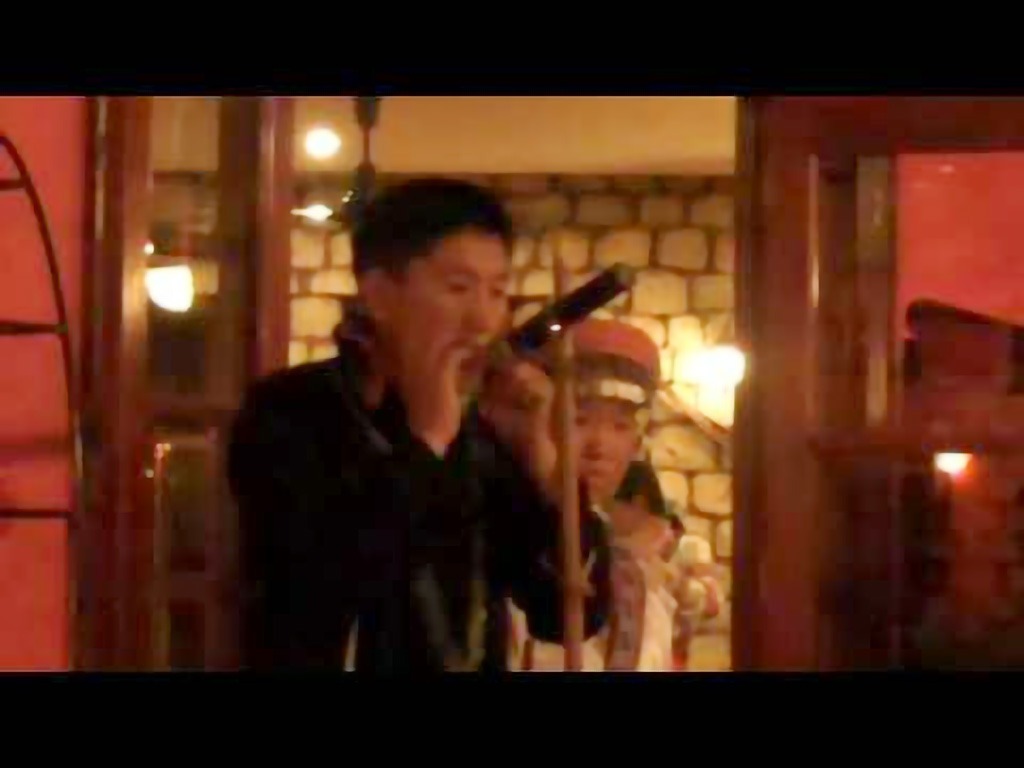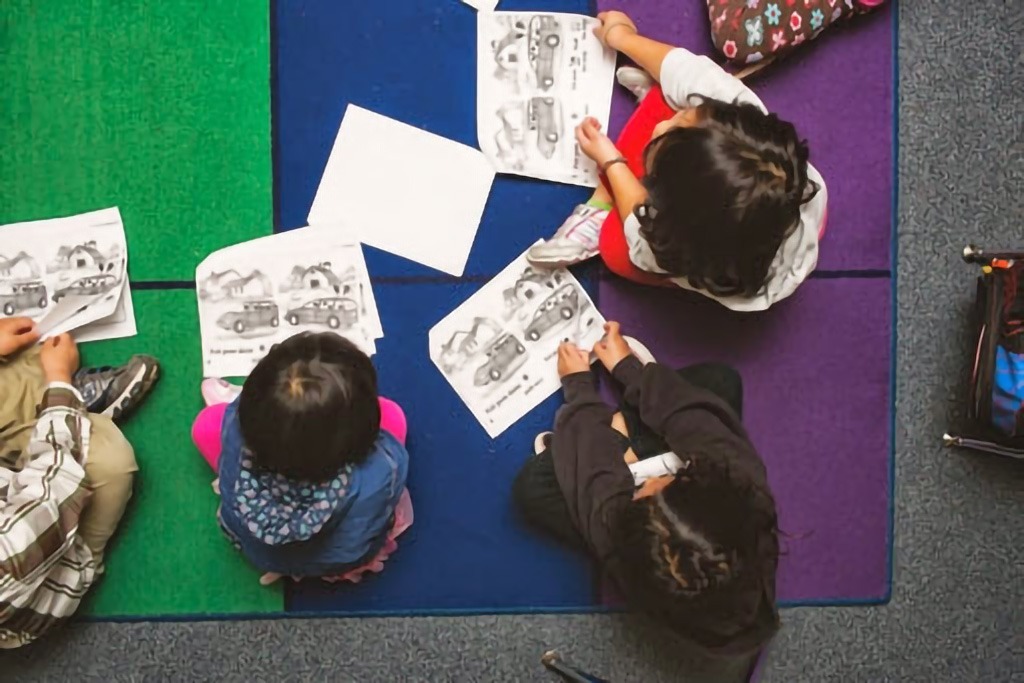
Black Hmong And Mapuche: Both Cultures Using This Same Instrument
Black Hmong and Mapuche Music: Exploring Cultural Connections Through Instruments
Discover the shared beauty of Black Hmong and Mapuche tribal music. Watch videos showcasing both cultures using similar instruments and share your thoughts on their significance.
Black Hmong Tribal Music
Music has long been a universal language that connects people across cultures and traditions. In this post, we dive into the fascinating world of Black Hmong and Mapuche tribal music, focusing on their use of similar instruments. These videos beautifully capture the essence of each culture’s unique musical expressions, offering a glimpse into the rich traditions that define them.
Black Hmong Tribal Music
The Black Hmong people of Southeast Asia are renowned for their vibrant traditions, and music plays a central role in their cultural identity. Their instruments, often handmade, create hauntingly beautiful melodies that reflect their connection to nature and their ancestral roots. Watch this incredible video showcasing Black Hmong tribal music and experience its unique charm:
Watch Black Hmong Tribal Music on YouTube.
Música Mapuche – Mi We Peñeñ
On the other side of the world, the Mapuche people of South America express their cultural identity through music deeply rooted in their connection to the land and their spirituality. The instruments used in Mapuche music, like those of the Black Hmong, are crafted to produce earthy, resonant tones that evoke their traditions. Check out this captivating video of Música Mapuche:
Watch Música Mapuche on YouTube.
What Are Your Thoughts?
These videos highlight the shared human experience of music as a storytelling tool and a vessel for cultural preservation. Despite the vast distances between the Black Hmong and Mapuche peoples, their use of similar instruments serves as a testament to the universality of music.
What do you think of these performances? Can you see the parallels in their use of instruments? Share your thoughts below and join the conversation!





Holy cow she’s even wearing the same dress design outfit. We call this instrument “cha”, loosely spelled. In the Romanization it’s spelled Ncas. The “h” in “cha” is silent and the “c” is not pronounced with the “k” sound. What do the MAPUCHE people call this instrument?
Hey there. I don’t know what the they call this instrument.
But it is amazing.
Nus Vaj – I think the Mapuche called them “pifilca”.
Nus Vaj – pifilca (pee-feel-ka) I had to use Google translate to figure it out. lol.
haha the funny thing is we use this instrument to court girls at night when their parents are all asleep. A young man would sneak outside at night and find where a girl room is at and play this instrument to her outside of her room. She will answer back by playing it too. They would communicate threw these instrument using sweet melody that can be translate to words to win a girl heart. I still don’t know how they understand and can translate the instrument.
Nus Vaj – I’m sorry I posted the wrong instrument. The one that you are talking about is called trompe (trom-pay), its like a Jews harp or something like that.
Robert Vang – I heard that because the Hmong language is a tonal language that when a person speaks you can hear sounds of instruments and that is why they can understand what the music is saying.
yeah that is true our language is base on tone. Probably explain why there’s so many hmong singers hahaha. Every instrument that a hmong plays even a leaf can speak.
its really hard to understand it. You’ll have to actually grew up with it surrounding you. Now i believe there’s is no young generation that can translate an instrument.
Check out this article about the instrument. It has no relation to Jewish people, but it’s called a jews harp.
http://en.wikipedia.org/wiki/Jew's_harp
Here is a Chukchi woman with the same instrument.
http://www.youtube.com/watch?v=ZKRSQr4n7vw&feature=related